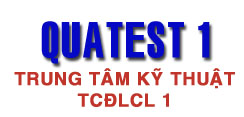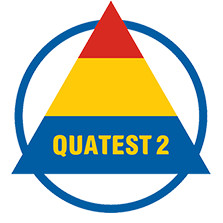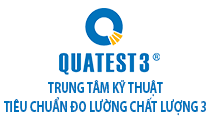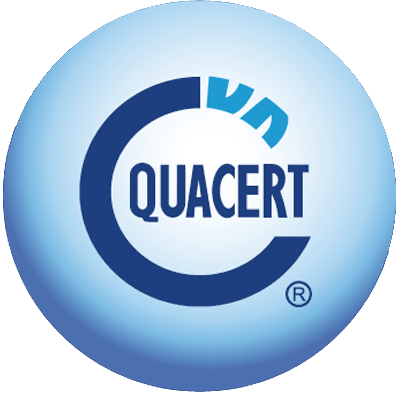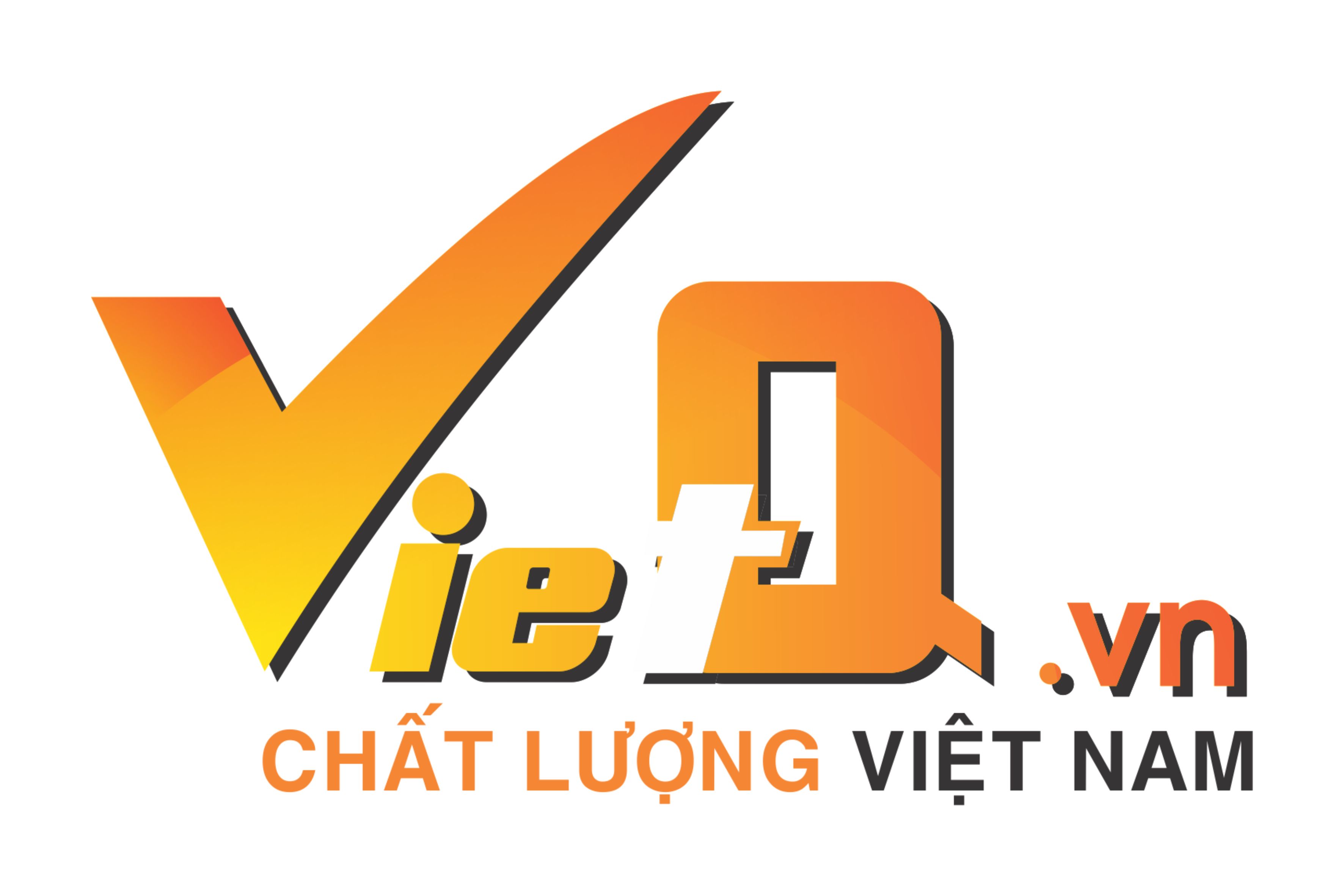Developing ASEAN specific guidelines for WIM instruments
Post date: Tuesday, Nov 19, 2024 | 14:47 - View count: 517
Weigh-in-motion (WIM) instruments are equipped with load receptors and aprons that determine the vehicle mass, axle loads, and, if applicable, the axle-group loads of a road vehicle while the vehicle is crossing over the load receptor of the weighing instrument. They are used across various sectors within an economy, from traffic monitoring and safety, freight and railway operations and legal enforcement for trade purposes. These instruments are also part of a broader category of vehicle weighing application that also includes onboard vehicle weighing in motion systems or Non-Automatic Weighing Instruments (NAWIs).

In Vietnam, WIM instruments subject to type approval and verification must be approved after import and before use in the Vietnam market. Vietnam has standard procedures for verification (DLVN 48: 2015) and testing (DLVN 225: 2015) for control load of vehicles. These standards align with OIML R 134-1:2006 recommendations.
With the aim of developing the capacity for type approval of WIMs in ASEAN countries and developing common guidelines for ASEAN countries to consider applying. During the 21st and 22nd of August 2024, the Vietnamese delegation attended a regional workshop to enhance the capacity for inspection and type approval of automatic scales within the framework of the ASEAN – Australia – New Zealand Free Trade Area (AANZFTA) Support Program (AISP). The workshop was attended by 28 delegates from various countries (Malaysia, Philippines, Vietnam, Laos, Cambodia, Indonesia, Thailand) and New Zealand lecturers.The agdeda focuses on the following main contents:
– New issues arising in the type approval of WIM.
– International requirements for measurement control of WIM and the current situation in ASEAN countries.
– Procedures for inspection and testing of WIM.
– Discussing the importance of harmonizing regulations on measurement control of WIM among ASEAN countries to facilitate trade.
– Discuss the possibility of developing common guidelines on the type approval of dynamic vehicle weight check scales in ASEAN countries and the important contents of the common guidelines. Consider establishing national metrological control systems and/or engage in the process of guideline development.

Developing specific ASEAN guidelines
The development of ASEAN-specific guidelines for WIM instruments presents an opportunity for ASEAN Member State (AMS) to collaborate on a framework that aligns with OIML R 134-1:2006 recommendations but also addresses common regional challenges, akin to the ASEAN Guideline for NAWIs. These guidelines would serve to fill any gaps by incorporating ASEAN-specific considerations such as local vehicle types, road conditions, and traffic patterns that may not be fully covered by OIML R 134-1:2006. adaptable, so that the installation and use of WIM systems, can be adjusted for local conditions, as well as emerging technological advancements.
Trung Dũng- Metrology Department














